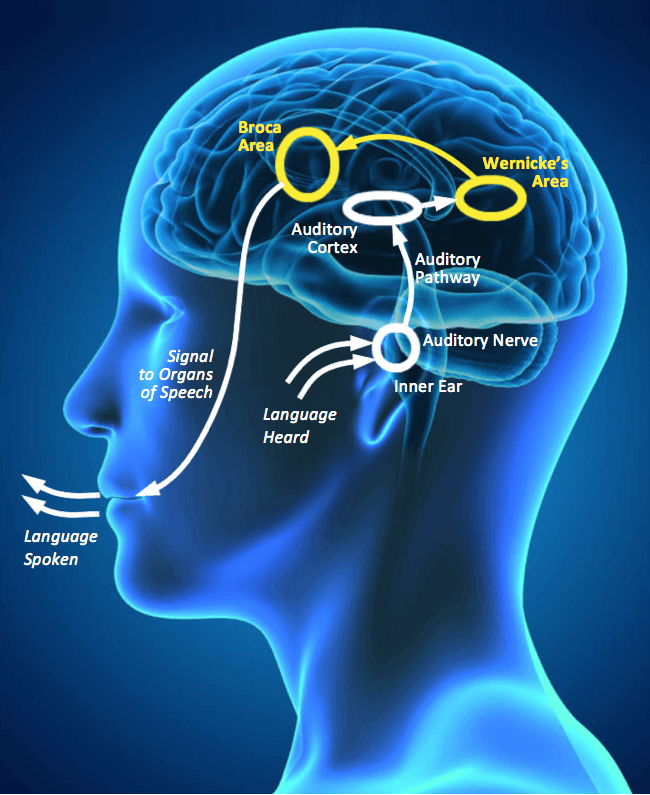

Frequently squints, rubs eyes, or gets a headache after visually demanding tasks such as reading, using a phone/tablet/computer, or watching television.Easily distracted by visual stimuli or difficulty sustaining visual attention to an activity.Red flags that may indicate difficulties with visual processing or ocular motor control: Those with trouble in one area of visual perception may present with strong skills in another area, meaning that deficits in processing of visual information can take on many forms. The ability to cognitively process information we take in through our eyes can be broken down into several categories, called visual perceptual skills. Another level at which a child may have difficulty with visual information is the processing of what they are seeing. Without adequate ocular motor control, a child’s school work, balance, depth perception, and eye-hand coordination will likely be impacted. In addition to how clearly our eyes register images, our eye muscles play a significant role in how well we control our gaze to adjust to movement, shift between focuses, and how we use both of our eyes together. This means that activities like reading, catching or hitting a ball, locating an object, or giving directions can be challenging even for those with 20/20 vision if there are deficits in ocular motor control or visual processing. There are many components of an optimally functioning visual system.

It works closely with our vestibular and auditory systems to help us safely navigate our environment by orienting us to where we are in relation to other objects. The visual system uses light to detect information through our eyes and then interprets or makes sense of that information in the brain.

This is a very real phenomenon for everyone at one point or another, due to the complexity of our visual systems. Most people have heard the saying that their “eyes are playing tricks” on them.


 0 kommentar(er)
0 kommentar(er)
